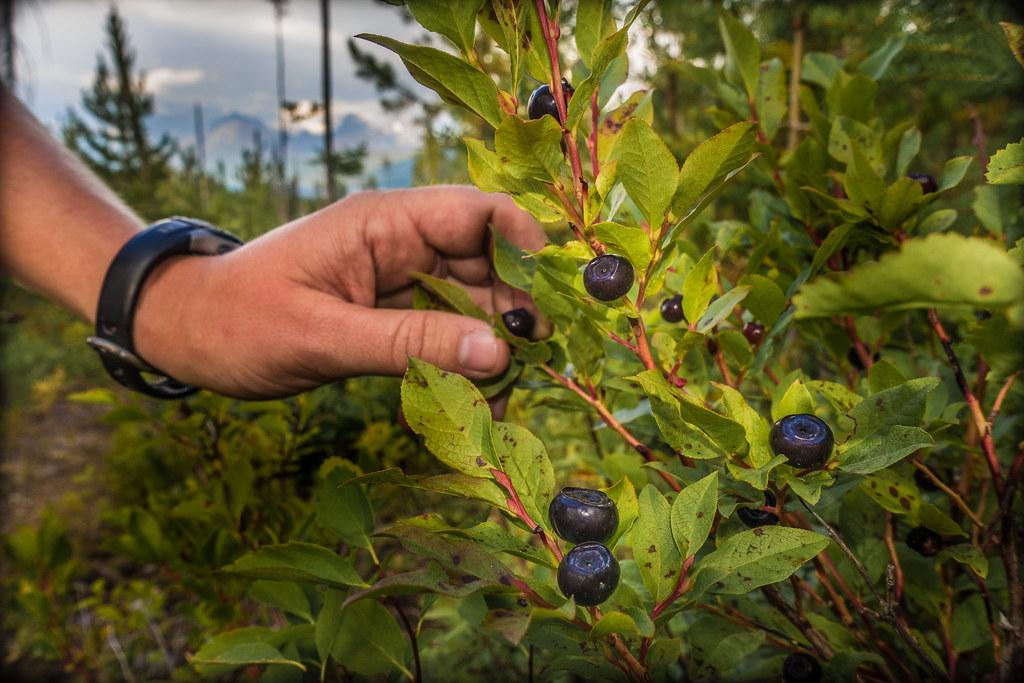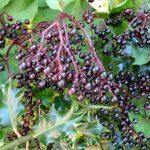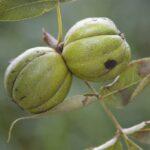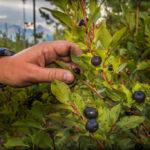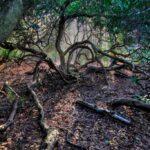
Foraging for wild edibles in the forest can be a rewarding and sustainable way to obtain food. Not only does it allow you to connect with nature and learn about the plants and mushrooms that grow in your area, but it can also provide a source of fresh, organic, and free food. However, foraging for wild edibles can also be dangerous if you are not familiar with the plants and mushrooms that are safe to eat.
Foraging for Wild Edibles
Before you start foraging, it is important to learn as much as you can about the plants and mushrooms that grow in your area. A good place to start is by reading books or taking a course on the subject. It is also important to consult with experts, such as local foragers or botanists, to learn about the plants and mushrooms that are safe to eat.
When foraging, always make sure to properly identify a plant or mushroom before eating it. Some wild edibles can be easily confused with poisonous plants, so it is essential to be able to accurately identify them. A good rule of thumb is to only eat a plant or mushroom if you are 100% certain of its identification.
When foraging, always follow the rules and regulations of the area you are in. Some areas may have restrictions on foraging or may require a permit. Always obtain permission before foraging on private property.
When foraging, it is important to be mindful of your impact on the environment. Only take what you need and avoid over-harvesting. It is also important to leave the area as you found it, and to not damage the plants or mushrooms you are collecting.
Some common wild edibles that can be found in the forest include:
- Morel mushrooms
- Chanterelle mushrooms
- Blackberries
- Raspberries
- Elderberries
- Dandelion greens
- Purslane
- Nettles
Keywords: foraging, wild edibles, forest, food, sustainable, nature, plants, mushrooms, identification, safety, rules and regulations, impact, environment, Morel mushrooms, Chanterelle mushrooms, Blackberries, Raspberries, Elderberries, Dandelion greens, Purslane, Nettles, foraging for wild edible, steps for foraging for wild edibles, where to go foraging for wild edibles
Check out our Novel Writing Workbooks
Check out Little Tree Food Forest for articles on food forests and homesteading.
Check out FoodieScapes for articles on growing, fermenting and preserving food
Check out StoryScapes.World for articles on writing.
Subscribe to our newsletter to get information delivered to your inbox on edible landscaping, growing food and medicinal plants, growing mushrooms, foraging, fermentation, food preservation, raising small livestock, and more.







